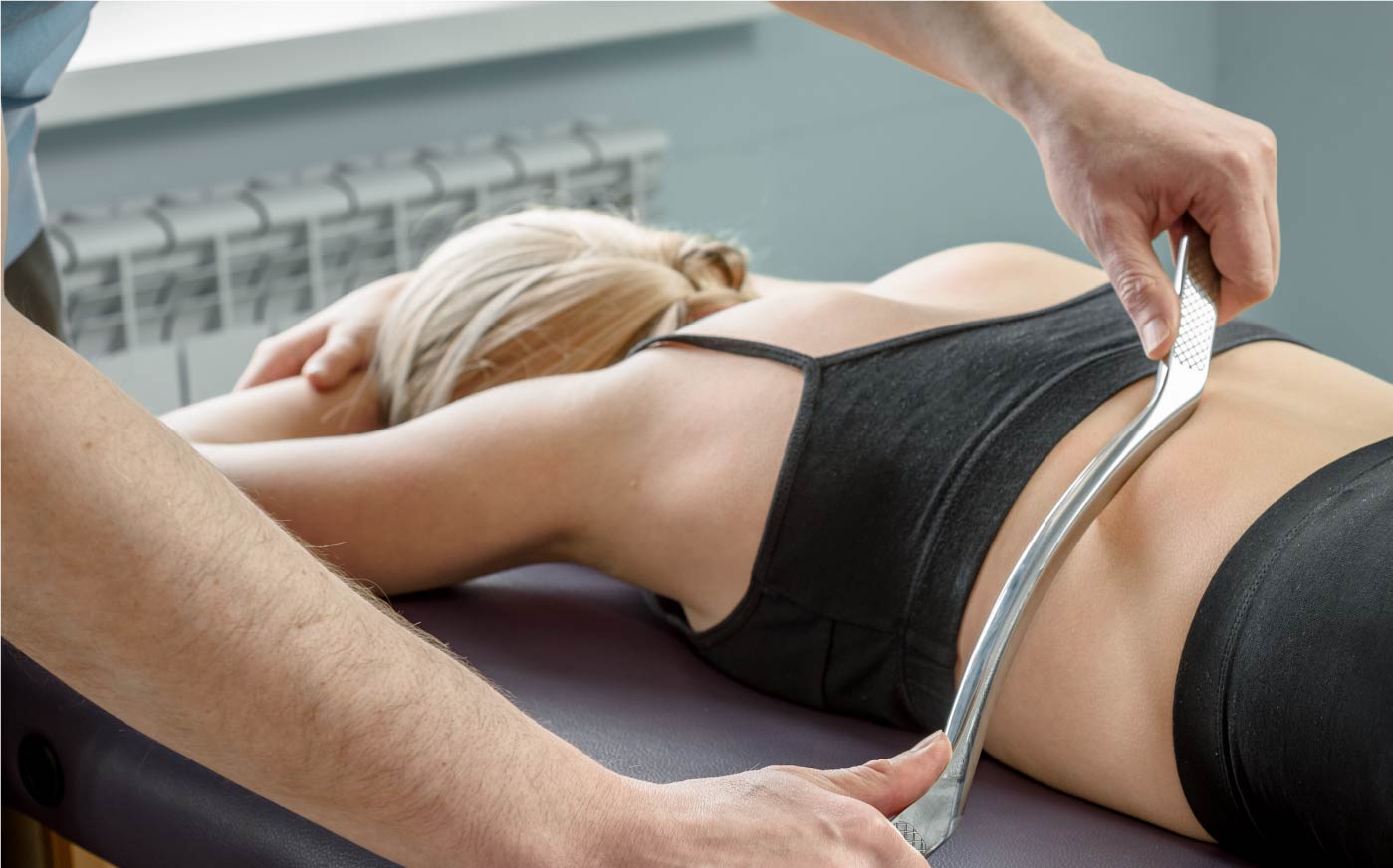



- Arthritis
- Backaches, sciatica, disc prolapsed
- Biomechanics
- Gait analyses
- Headaches
- Knee, foot & ankle pain
- Lower back pain and sciatica
- Muscle injuries
- Musculoskeletal condition
- Neck pain
- Overuse injuries
- Paediatric physiotherapy
- Post-surgical
- Postural abnormalities
- Pre/post pregnancy
- Repetitive strain injuries
- RSI
- Shoulder pain
- Sports injuries
- Sport performance
- Stress and depression
- Tendon and ligament problems
- Tennis / golfers elbow
- Whiplash and accidental injuries
- Work related injuries and more…

On your first visit, you will be asked about your current problem and the impact on your life and activities. Your physiotherapists will want to know about your previous injuries, general medical heath, and physical goals. They will then perform a physical examination to establish what anatomical structure(s) are the source of your pain, and what underlying factors might be contributing to the problem, such as weakness or biomechanical issues.
From here, your physio will discuss the findings and consider the treatment options with you to achieve your specific goals. If X-rays, other images or further testing is required, your referral options will be discussed with you at this point.
The treatment plan is tailored to you. Follow-up sessions will continue the treatment process and any adjustments, based on how you present, can be made to the plan.
What Forms of Treatment Do We Offer?
- Mobilisations
Mobilisations of joints and soft tissues are very useful techniques in helping restore normal movement. Mobilisations increase movement at stiff joints and thus allow you to access better movement patterns, postures and simply feel looser.
Mobilisations are graded by fully trained therapist accordingly and therefore can be applied at virtually any stage of the healing process to ensure good quality healing takes place. A low-grade mobilisation helps to reduce pain and stimulate healing, higher grades help to break down unwanted scar tissue, promote nutrition and increase range of motion. Mobilisations can be applied with movement. Such treatment is very effective as it encompasses activity within your muscles with a hands on technique to help return your movement back to ‘normal’.

- Stretches
 Muscles generally work together in pairs to help promote good quality pain free movement at a joint. If you overuse certain muscles due to repetitive strain, sports, prolonged postures or weakness in other parts of your body, you can develop tightness and dominance within one of the pair. If the situation continues, stress and altered loading to the soft tissues may cause you to develop pain, tendinopathies, ligament sprains, muscle spasms, and the list is endless.
Muscles generally work together in pairs to help promote good quality pain free movement at a joint. If you overuse certain muscles due to repetitive strain, sports, prolonged postures or weakness in other parts of your body, you can develop tightness and dominance within one of the pair. If the situation continues, stress and altered loading to the soft tissues may cause you to develop pain, tendinopathies, ligament sprains, muscle spasms, and the list is endless.A qualified physiotherapist will help assess you for any muscle imbalances to include tightness and weakness of the soft tissues. Effective methods of treating such problems will be outlined in forms of things you can do to help yourself and techniques we can perform within our treatment to help.
Stretching is a technique used to increase the length of muscles and tendons in order to improve the effectiveness of the muscle fibres, improve joint range of motion and relieve pain. Your Physiotherapist will advise appropriate stretches to correct muscle length and elasticity. Muscle energy techniques or Proprioceptive Neuromuscular Facilitation stretches are used to lengthen muscles through a hold and relax muscle contraction technique, this generally requires the assistance of your therapist and is widely used by athletes to improve range of movement in a joint both before and after sport to improve performance and reduce risk of injury.
- Manipulations
A manipulation is a technique that can be applied to patients whose condition is not easily irritated, if there is local muscle guarding then this must be addressed first. Manipulations are quicker techniques performed at the end of the joints range of motion, this helps to break down scar tissue and release pressure within the joint which sometimes causes this technique to make a ‘crack’ known as a cavitation. Most commonly spinal joints are those that we may choose to treat with manipulation, although these treatment techniques can be used with other joints.
Manipulations can demonstrate immediate improvements in the range and quality of movement for the right category of patient, your Physiotherapist will assess your suitability for these techniques and ensure you are fully aware of what to expect.

- Ultrasound
 Ultrasound is a small electrical device used to send high frequency sound waves into your problem tissues. The sound waves penetrate the tissue and stimulate the cells involved in healing to reduce inflammation and promote tissue repair. Ultrasound can be applied at any stage of healing, your therapist will alter the dose according to your injury and phase of healing.
Ultrasound is a small electrical device used to send high frequency sound waves into your problem tissues. The sound waves penetrate the tissue and stimulate the cells involved in healing to reduce inflammation and promote tissue repair. Ultrasound can be applied at any stage of healing, your therapist will alter the dose according to your injury and phase of healing.Ultrasound treatment helps you to recover after acute injury, and may speed up recovery times. Ultrasound at a high dose is also helpful in the management of calcific tendinopathies to help break down and aid reabsorption of the calcium ions within the tendon.
- Taping
 Physiotherapists can use taping in order to relieve pain, improve joint stability, offload joints, prevent injury, reduce injury reoccurrence, improve muscle function and restore normal movement.
Physiotherapists can use taping in order to relieve pain, improve joint stability, offload joints, prevent injury, reduce injury reoccurrence, improve muscle function and restore normal movement.We use a variety of tapes from zinc oxide for joint stability, to Elastic Adhesive Bandage (EAB) to compress swelling. Over recent years, Kinesiology tape (K-tape) has become very popular. This comes in a variety of colours and is unique in the fact it allows full multidirectional movement- but keeps the brain vital feedback on where that particular body part is in relation to the desired movement and movement pattern.
- Massage
Massage is a soft tissue technique with direct influence on the muscles, tendons, ligaments and other connective tissue. Massage has a number of physiological benefits including increasing; circulation and oxygen flow, reducing inflammation and releasing endorphins. Massage aims to alleviate aches and pains by relaxing muscles, improving joint range and flexibility and ultimately speeding up recovery time.

- TENS
 TENS is a method of electrical stimulation which primarily aims to provide a degree of symptomatic pain relief by exciting sensory nerves and thereby stimulating either the pain gate mechanism and/or the opioid system. It is used to relieve acute and chronic pain including:
TENS is a method of electrical stimulation which primarily aims to provide a degree of symptomatic pain relief by exciting sensory nerves and thereby stimulating either the pain gate mechanism and/or the opioid system. It is used to relieve acute and chronic pain including:- Acute pain – such as sports injuries, acute torticollis, acute lower back pain, and joint pain.
- Chronic pain – such as low back pain, rheumatoid arthritis, peripheral nerve injuries and phantom limb pain.
- Myofascial Release
 Myofascial release is a specialised physical and manual therapy used in the treatment of this form of superficial connective soft tissue. The treatment method involves the application of soft, yet firm, continuous pressure into the area of tension. The treatment aims to reduce discomfort and restore normal tissue movement by causing an increased blood flow and the fascia to elongate.
Myofascial release is a specialised physical and manual therapy used in the treatment of this form of superficial connective soft tissue. The treatment method involves the application of soft, yet firm, continuous pressure into the area of tension. The treatment aims to reduce discomfort and restore normal tissue movement by causing an increased blood flow and the fascia to elongate.Myofascial release is a fantastic tool to help manage conditions caused by restrictions within tight structures within the kinetic chain, myofascial release is helpful in the management of many musculoskeletal conditions, to name a few, we may use this type of technique to help our patients that suffer with plantar fasciitis, greater trochanteric pain syndromes, snapping hip, carpal tunnel syndromes, and low back pain.
- Home Exercises
 Your physiotherapist will fully assess your problem area to help you discover exercises to address the cause of your symptoms or to compliment manual therapy administered. Research shows that home exercises targeted to strengthen, stretch, load tissue or improve motor control are essential in your recovery and management of long-term conditions. When combined with therapeutic intervention, progressed accordingly, in line with your personal goals and current regime you will experience less pain, increased function and potentially improved performance.
Your physiotherapist will fully assess your problem area to help you discover exercises to address the cause of your symptoms or to compliment manual therapy administered. Research shows that home exercises targeted to strengthen, stretch, load tissue or improve motor control are essential in your recovery and management of long-term conditions. When combined with therapeutic intervention, progressed accordingly, in line with your personal goals and current regime you will experience less pain, increased function and potentially improved performance.
Registered Physiotherapist (NZ)
MPNZ – Member of Physiotherapy New Zealand
Jeff has experience in working with highly active individuals in military clinics. He also spent time delivering community Physiotherapy services, where he gained knowledge and skills in working with a variety of conditions including chronic pain, neurological, geriatric, as well as orthopedic conditions. Jeff has strong passion in delivery patient-specific and evidence-based care. He is also a firm believer of the proactive healthcare approach of which actions should be taken to prevent health problems before they occur. He always tries his best to make his patients feel better, whether physically or psychologically, when they walk out of the clinic.
Jeff is a basketball lover. On his days off, you will most likely find him playing basketball at local parks. He is also pursuing a Master degree at Hong Kong University of Science and Technology, where he will be spending most of his weekends in the short future.
